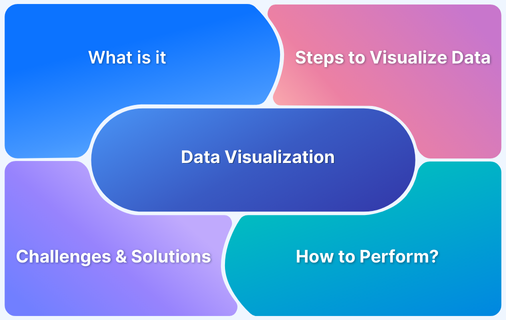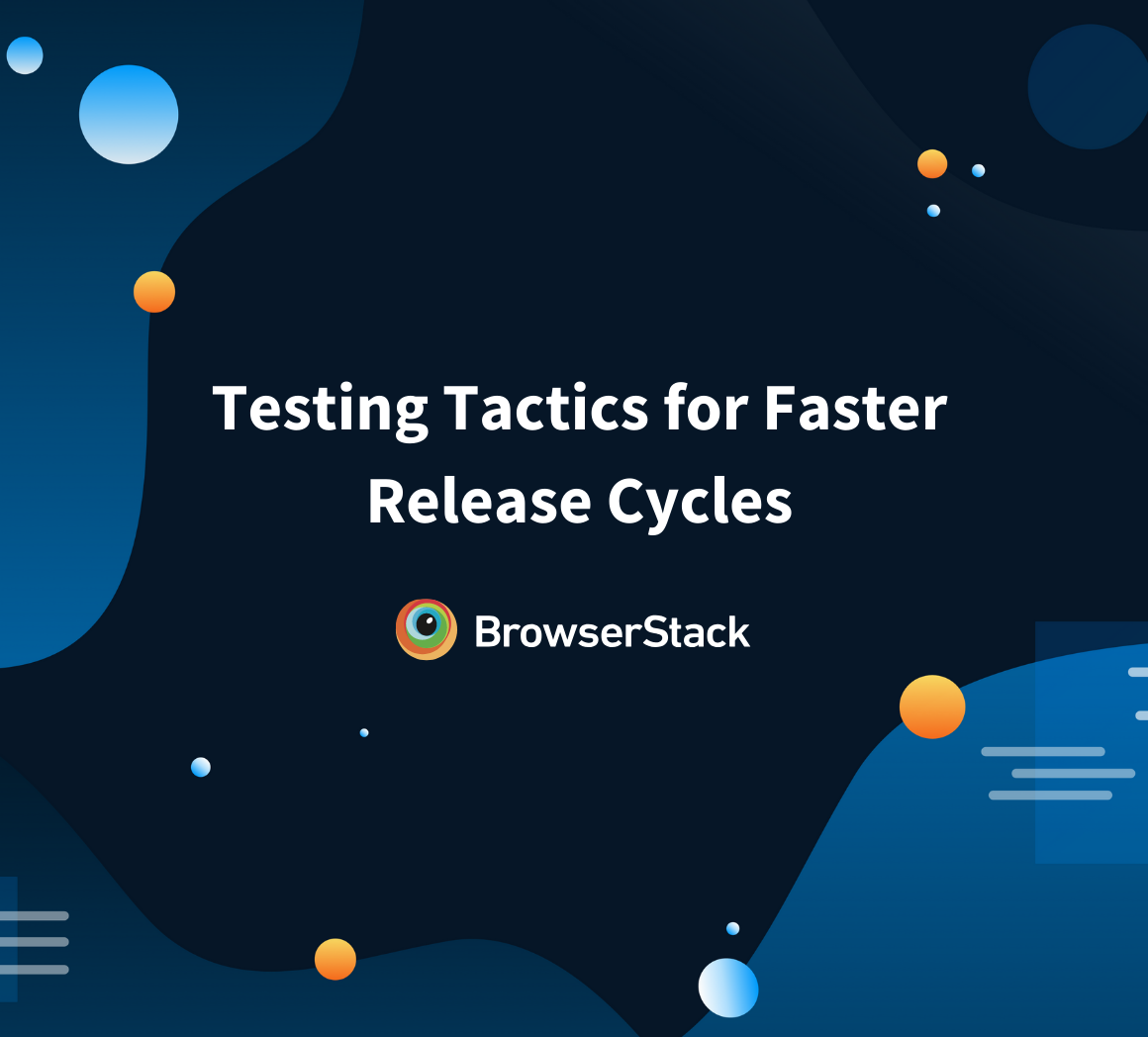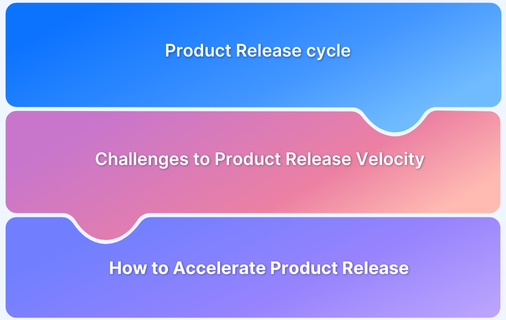Companies are increasingly investing in digital transformation to improve efficiency and customer experiences. While these technologies create new opportunities, they also introduce challenges in maintaining software reliability, security, and performance.
Testing plays a major role in guaranteeing that digital solutions work as expected. Poorly tested applications can lead to crashes, security breaches, and negative user experiences.
Overview
Impact of Testing (QA) in Digital Transformation
- Ensures a smooth user experience
- Reduces downtime and business disruptions
- Speeds up product releases
- Strengthens security
Strategies for Digital Transformation Testing
- Shift-Left Testing
- Test Automation
- AI-Powered Testing
- Performance and Load Testing
- Security Testing
- Real Device and Cross-Browser Testing
Testing Challenges in Digital Transformation
- Complex tech stacks
- Frequent software updates
- Integration with legacy systems
- Limited testing resources
- Regulatory and compliance requirements
Businesses that implement digital transformation testing can deliver high quality digital experiences while minimizing risk.
What is Digital Transformation?
Digital transformation is the integration of digital technologies into all aspects of a business to improve efficiency, enhance customer experiences, and drive innovation.
Digital transformation involves adopting cloud computing, AI, automation, and data analytics to streamline operations and enable smarter decision-making.
More than just technology upgrades, it requires a shift in business models, processes, and culture to stay agile and competitive
Retailers are moving from physical stores to AI-driven e-commerce platforms, banks are shifting to fully digital transactions, and healthcare providers are adopting telemedicine and electronic health records. These advancements rely on well-tested software to function correctly across various devices, networks, and environments.
The complexity of modern digital systems makes testing a core requirement rather than an afterthought. Without thorough digital transformation testing, businesses risk system failures, security vulnerabilities, and poor user experiences that can erode trust and revenue.
Impact of Testing (QA) on Digital Transformation
Testing is a key factor in making digital transformation initiatives successful. A well-defined testing strategy ensures that new technologies function reliably, scale effectively, and meet customer expectations.
Some key benefits include:
1. Ensuring a Smooth User Experience: Applications must perform consistently across devices, browsers, and operating systems. Testing identifies and resolves issues before users encounter them, reducing frustration and increasing satisfaction.
2. Reducing Downtime and Business Disruptions: Software failures can bring business operations to a halt. Automated digital transformation testing detects issues early, preventing costly outages and service disruptions.
3. Speeding Up Product Releases: Continuous testing allows teams to release updates quickly without introducing defects. Integrating testing into CI/CD pipelines ensures that each update is thoroughly validated before deployment.
4. Strengthening Security: With more businesses moving online, cyber threats are increasing. Security testing helps identify vulnerabilities in applications, protecting user data and ensuring compliance with regulations like GDPR and HIPAA.
Strategies for Effective Digital Transformation Testing
To keep up with evolving technology, businesses need a modern approach to testing. Key strategies include:
1. Shift-Left Testing: Detecting defects early reduces costs and speeds up development. Testing should start at the beginning of the software development lifecycle (SDLC) rather than being a final-stage activity.
2. Test Automation: Manual testing is too slow for fast-moving digital initiatives. Automated testing frameworks like Selenium, Cypress, and Playwright and cloud-based testing platforms like BrowserStack help teams execute tests faster and more consistently.
3. AI Testing Features: Artificial intelligence is transforming software testing by improving test case generation, execution, and defect detection. AI-driven automation in platforms like BrowserStack helps teams:
- Generate and optimize test cases automatically.
- Predict potential defects using AI-based anomaly detection.
- Perform self healing tests that adapt to UI changes, reducing maintenance efforts.
4. Performance and Load Testing: Applications must handle varying user loads without slowing down or crashing.
5. Security Testing: Applications must be tested against potential cyber threats. Security testing tools and DevSecOps practices ensure that vulnerabilities are addressed throughout development.
6. Real Device and Cross Browser Testing: Users access applications on different devices, screen sizes, and browsers. Cloud platforms like BrowserStack allow teams to test across real devices, ensuring a consistent experience for all users.
Testing Challenges in Digital Transformation
While testing is essential, organizations face several challenges in implementing an effective testing strategy:
- Complex Tech Stacks: Businesses use a mix of cloud, AI, IoT, and legacy systems, making integration and testing more difficult.
- Frequent Updates: Continuous deployment means applications must be tested rapidly and frequently.
Read More: Software Testing Challenges with Solutions
- Integration with Legacy Systems: Many businesses must connect modern applications with older infrastructure, increasing compatibility risks.
- Limited Testing Resources: Skilled automation testers are in high demand, and many teams lack the expertise to implement advanced testing strategies.
- Regulatory and Compliance Requirements: Industries like finance and healthcare have strict data security and privacy regulations, adding additional layers of testing complexity.
Solutions to Overcome Digital Transformation Testing Challenges
To address the above mentioned challenges, businesses need scalable, automated, and cloud-based testing solutions. BrowserStack is a leading platform that simplifies and accelerates digital transformation testing through:
- Automated Testing for Efficiency: Manual testing can’t keep up with modern software development. BrowserStack provides low-code automation tools that enable teams to create and execute automated tests quickly, reducing the time and effort required for testing.
- Cloud-Based Testing for Scalability: Maintaining in-house testing environments is costly and time-consuming. BrowserStack’s cloud infrastructure provides on-demand access to test environments, allowing teams to scale testing without investing in hardware.
- Continuous Testing and CI/CD Integration: With CI/CD integration, BrowserStack enables continuous testing within DevOps workflows, ensuring that every code change is automatically tested before deployment. This speeds up software releases while maintaining high quality.
- Parallel Testing for Faster Execution: Instead of running tests sequentially, BrowserStack allows multiple test cases to execute simultaneously. Parallel testing significantly reduces test execution time and accelerates product delivery.
- Real Device Testing for Accurate Results: Unlike simulators and emulators, real devices provide the most accurate test results. BrowserStack’s real device cloud allows teams to test applications on actual smartphones, tablets, and desktops to ensure a flawless user experience.
- Cross Browser Testing for Compatibility: Different browsers render applications differently. BrowserStack allows testing across multiple browsers and versions. It ensures that users get a consistent experience regardless of their choice of browser.
- Shift Left Testing for Early Bug Detection: Detecting defects earlier in the development cycle reduces costs and improves release speed. BrowserStack supports shift left testing, allowing teams to catch issues before they escalate.
- Low-Code Automation for Faster Test Creation: Manual testing is slow and resource-intensive. BrowserStack provides a Low Code automation tool that enables teams to create and execute test cases quickly without deep coding expertise.
- AI-Powered Test Case Creation and Execution: BrowserStack test Management tool helps generate, execute, and maintain test cases more efficiently, reducing manual work while improving test accuracy and defect detection.
Read More: AI Automation and Testing
Conclusion
A strong testing strategy is essential for successful digital transformation. As businesses adopt new technologies, they must ensure that their applications are reliable, secure, and scalable. Digital transformation testing minimizes risk, enhances user experience, and supports faster innovation.
Automated testing, cloud-based platforms, and continuous integration help organizations stay relevant. Solutions like BrowserStack provide scalability and efficiency and enable testing in real user conditions, which is needed to support digital transformation at every stage.







